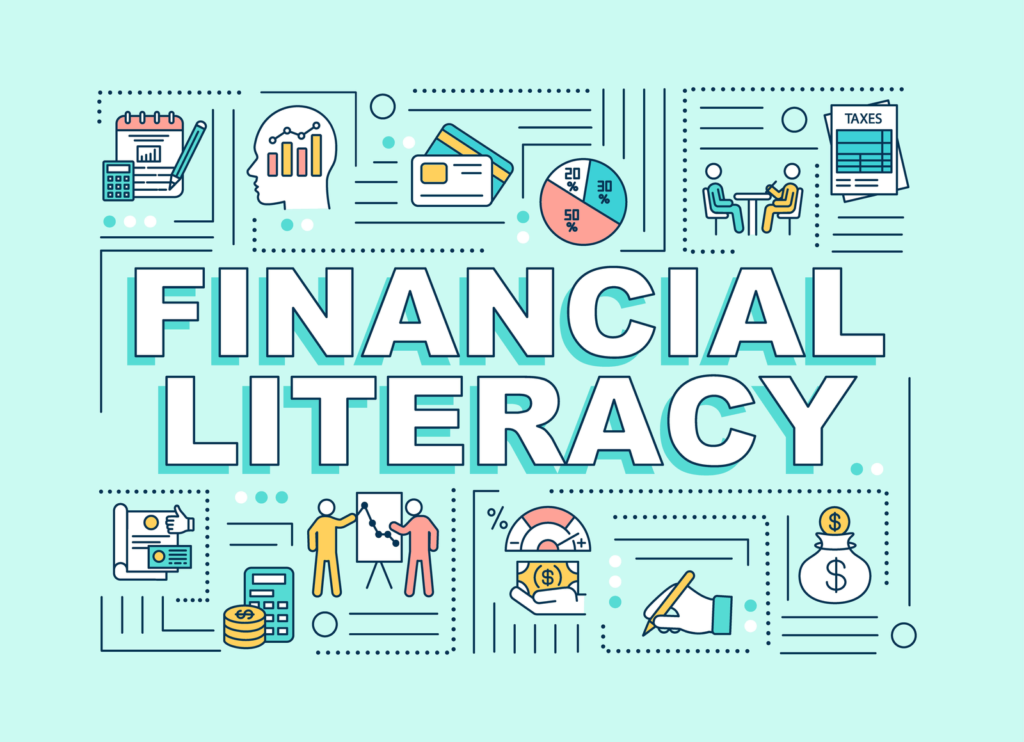The landscape of education is diverse, and traditional public schools are not the only option for students. Alternative education models like Montessori, Waldorf, and others offer unique approaches to teaching and learning. In this article, we will explore some of these alternative education models, highlighting their key principles, benefits, and considerations for parents and students.
The Montessori Method
Developed by Dr. Maria Montessori, the Montessori method is a child-centered approach to education that focuses on self-directed learning and independence. Key principles of the Montessori method include:
- Prepared Environment:
Montessori classrooms are designed to be child-centered, with carefully chosen materials that students can access independently.
- Self-Directed Learning:
Students are encouraged to choose their activities and work at their own pace, fostering independence and decision-making skills.
- Mixed-Age Classrooms:
Montessori classrooms often have mixed-age groups, allowing younger students to learn from older peers and older students to mentor younger ones.
- Individualized Learning:
Teachers observe each student’s progress and tailor their lessons and activities to meet the individual’s needs and interests.
- Emphasis on Practical Life Skills:
Practical life skills, such as cooking, cleaning, and care of the environment, are integrated into the curriculum to prepare students for real-life situations.
Benefits of Montessori Education:
The Montessori method is praised for its ability to foster independence, self-discipline, and a love of learning. It emphasizes hands-on experiences, critical thinking, and problem-solving skills.
Considerations:
Montessori education may not be suitable for all students, and parents should consider whether the child’s learning style and personality align with the self-directed approach.
The Waldorf Education
Founded by Rudolf Steiner, Waldorf education takes a holistic approach to learning, emphasizing the development of the whole child, including intellectual, artistic, and practical aspects. Key principles of Waldorf education include:
- Artistic and Experiential Learning:
Waldorf education integrates the arts, movement, and practical activities into the curriculum to engage students on multiple levels.
- Age-Appropriate Learning:
The curriculum is tailored to each stage of a child’s development, with an emphasis on play and exploration in the early years.
- Limiting Technology:
Waldorf schools often limit the use of technology in the classroom, allowing students to develop their imagination and creativity through other means.
- Emphasis on Community:
Waldorf schools foster a strong sense of community and collaboration among students, parents, and teachers.
- Delayed Academics:
Formal academics, such as reading and writing, are introduced later in a child’s development, allowing for more experiential and play-based learning in the early years.
Benefits of Waldorf Education:
Waldorf education is known for its emphasis on creativity, artistic expression, and the development of well-rounded individuals. It encourages a lifelong love of learning and strong social skills.
Considerations:
Parents should consider whether the delay in formal academics aligns with their educational goals for their child. The limited use of technology may also be a consideration for some families.
The Sudbury Model
The Sudbury model is a radical approach to education that places students in charge of their own learning. Key principles of the Sudbury model include:
- Self-Governance:
Sudbury schools are run democratically, with students and staff having an equal say in decision-making.
- Freedom and Responsibility:
Students have the freedom to choose how they spend their time and pursue their interests. They are responsible for their own learning and behavior.
- No Formal Curriculum:
Sudbury schools do not have a set curriculum or mandatory classes. Learning occurs organically through self-directed exploration.
- Learning Through Play and Exploration:
Play and self-directed exploration are central to the learning process in Sudbury schools.
Benefits of the Sudbury Model:
The Sudbury model promotes independence, critical thinking, and self-motivation. It allows students to explore their interests deeply and develop a strong sense of self.
Considerations:
The Sudbury model may not align with traditional educational expectations, and parents should consider whether it meets their child’s learning needs and goals.
Homeschooling
Homeschooling is an alternative education model in which parents take on the role of the primary educators for their children. Key principles of homeschooling include:
- Customized Learning:
Homeschooling allows for highly customized and individualized learning experiences tailored to a child’s needs and interests.
- Flexible Schedule:
Homeschooling offers a flexible schedule, allowing students to learn at their own pace and explore subjects they are passionate about.
- Varied Teaching Methods:
Homeschooling families can choose from a wide range of teaching methods, including traditional, unschooling, or a combination of approaches.
- Strong Parent-Child Connection:
Homeschooling fosters a strong bond between parents and their children and allows for close involvement in their education.
Benefits of Homeschooling:
Homeschooling offers unparalleled customization and flexibility in education. It allows for a strong parent-child connection and the ability to adapt to a child’s learning style.
Considerations:
Homeschooling can be demanding for parents, and they must consider their ability to provide a well-rounded education. It may also limit social interactions with peers, requiring additional efforts for socialization.
Conclusion
Alternative education models like Montessori, Waldorf, Sudbury, and homeschooling offer diverse approaches to learning and cater to different educational philosophies and goals. While these models may not be suitable for every child or family, they provide options for those seeking alternative methods of education that emphasize creativity, self-direction, and a well-rounded development of the child. It’s essential for parents to research and carefully consider which model aligns with their child’s unique needs and educational aspirations.




